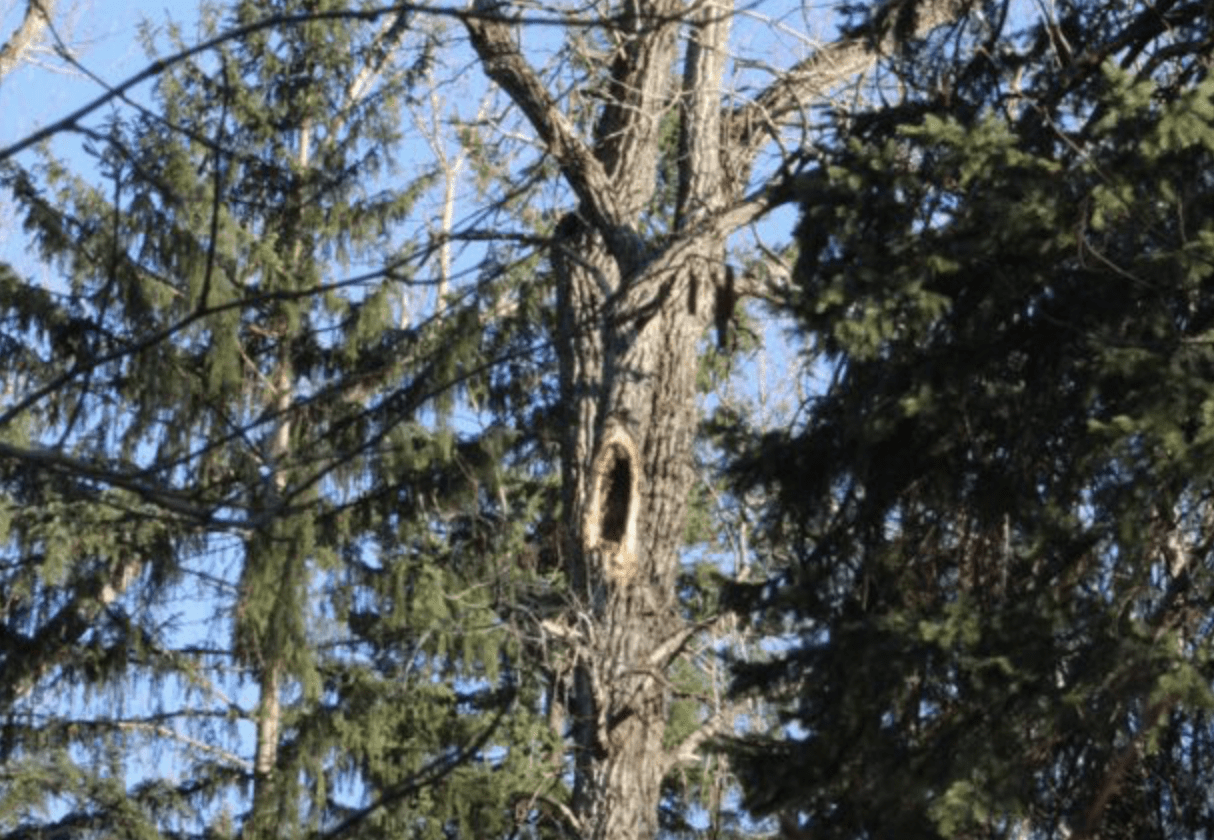Simpcw Resources LLP and Simpcw First Nation have received funding from Natural Resources Canada through the Indigenous Advisory and Monitoring Committee (IAMC) Capacity Funding Program. IAMC’s objective is to increase Indigenous participation in the Trans Mountain Expansion Project (TMEP) and enable Indigenous groups to be more directly involved. Simpcw Resources LLP has utilized the funding towards a study on black Cottonwood riparian ecosystems and three key species at risk these ecosystems support.
The word “riparian” comes from the Latin “ripa” meaning bank or shore. Cottonwood riparian ecosystems provide crucial habitat for a wide range of plant, and animal species. The focal area of the study is along the North Thompson River corridor between Avola and Barriere, BC. The impact of the study will provide valuable data and dig into how wildlife use these ecosystems, and what needs to be done to preserve them. In the first year of the study, efforts were focused on two key species at risk: Lewis’s Woodpecker (Melanerpes lewis), and Western Screech-Owl (Megascops kennicottii kennicottii).
The Lewis’s Woodpecker is a medium-sized migratory woodpecker with a distinct pink to red belly, and grey collar. Primary threats to the Lewis’s Woodpecker include housing, urban area development, perennial non-timber crops (e.g., agricultural development), and fire suppression. The Western Screech-owl is a relatively small, yellow-eyed owl with what looks like pointy ears on the top of their heads. Western Screech-Owls are susceptible to predation from larger owls and the removal of cavity trees by humans, which serve as nesting habitat for the species. Multiple field surveys were conducted, and results were positive for western screech-owl, this is the first confirmed observation in the North Thompson River corridor.
Individuals of each species were observed north of their current mapped range. Results gathered from this study will provide key information on Cottonwood riparian ecosystems and how species depend on them, which is beneficial for at-risk species’ survival. The Environmental Division of Simpcw Resources LLP will continue research into 2021 by adding Great Blue Heron (Ardea herodias) and vegetation surveys. The team is also working on developing a program to share study results with Simpcwemc, through visual presentations and a SurveyMonkey questionnaire for community members.

